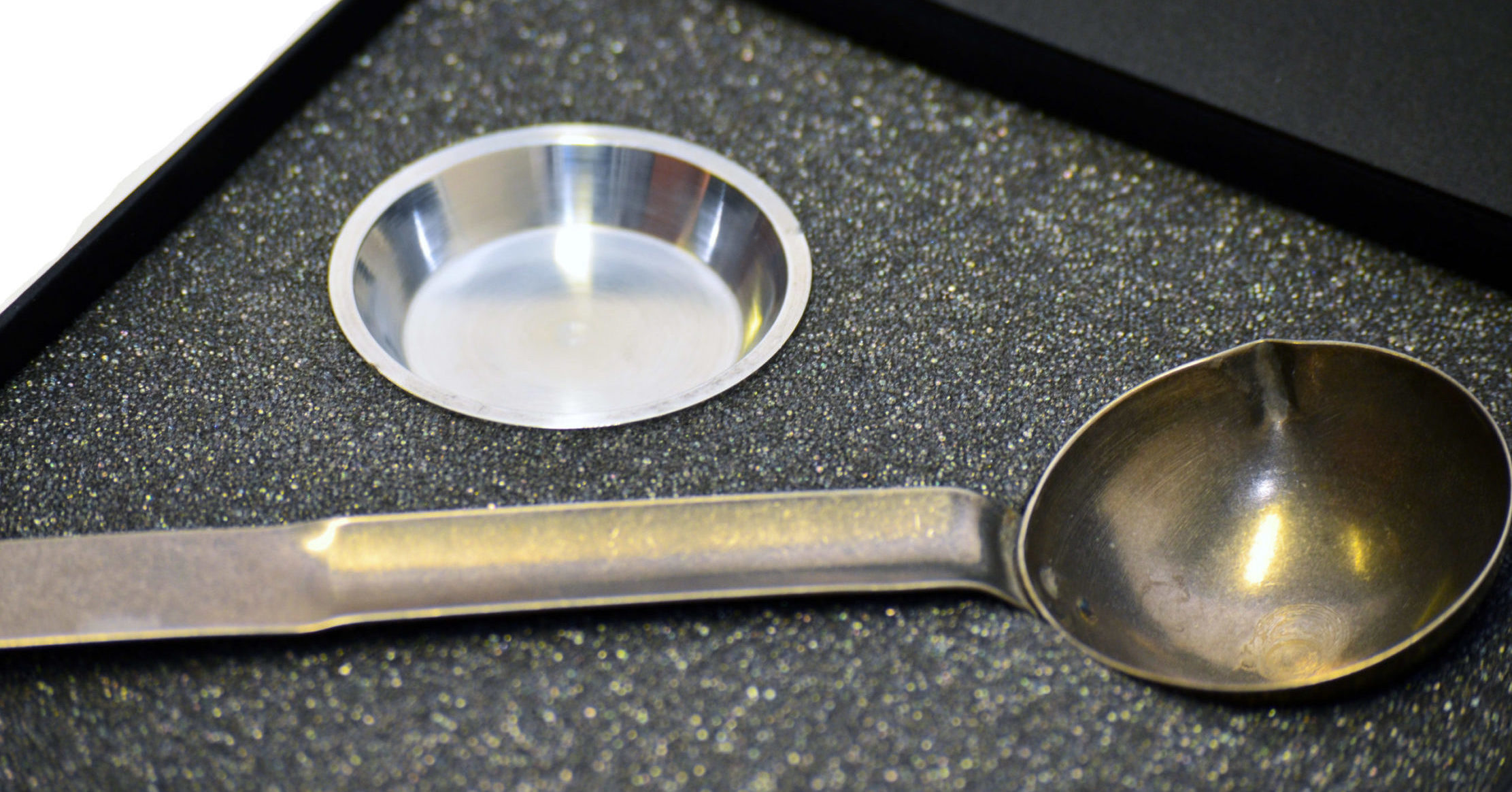Analytical Services: Solder Analysis
Solder baths or dipping pots can very easily become contaminated, Solder Analysis can help you to identify containments and reduce their effects.
Why do Solder Analysis?
Solder baths or dipping pots can very easily become contaminated in numerous ways including.
- The solder could already include a high level of impurities when received, especially if the solder has been remanufactured using re-cycled materials.
- May be contaminated over a period of time during continual use by copper leaching from the processed PCBs.
- Contamination nickel from components or support tooling.
Several contaminants such as Silver and Bismuth are not specifically detrimental in small quantities, therefore are very much only an indication of the purity of the solder. However, elements such as Aluminium, Cadmium and Zinc are potentially detrimental to the general performance of the alloy in the bath. Non-metallic impurities such as Sulphur and Phosphorous will affect the solder in as much as they can cause de-wetting conditions.
The table below highlights some of the common contaminants found today in solder baths and gives a brief description as to how they can affect solderability, dross creation, joint formation, and in general wetting ability.


Contamination Levels and how they can affect your solder alloy.
|
Element
|
Contamination Affects
|
|---|---|
|
Aluminium
|
Very low levels down to 0.005% may increase the rate of dross production but without necessarily affecting the solder joint formation. Lower levels may result in a visibly sluggish or gritty solder. Aluminium is neither soluble in Tin or Lead.
|
|
Antimony
|
This element has the effect of slowing down the transformation of tin into its grey state, sometimes known as ‘tin pest’.
|
|
Arsenic
|
In levels of 0.03% this impurity can cause dewetting, but arsenic is not generally a contaminant in electronic soldering applications.
|
|
Bismuth
|
At levels 0.5% and greater there may well be observation of some discoloration and oxidisation of the solder in the solder pot. Very rarely will high amounts of this element, be present in high quality electronic grade alloys today. Bismuth can be added to dull solder but in most cases will simply increase oxidisation of the pot metal.
|
|
Cadmium
|
At 0.002% solder joint formation will be visibly affected. At levels of 0.005% and above there will be a high incidence of bridging and icicling, together with a deterioration in overall joint strength and a lack of spread. Cadmium todays is no longer added to solders due to its significant health risks.
|
|
Copper
|
At levels of 0.25% copper and sometimes at lower levels the solder joint will have deteriorated and will lead to general dewetting and visible grittiness.
*Please see note below for accumulation levels. |
|
Gold
|
At levels of 0.1% and quite often even less, the solder becomes sluggish and dull joints are formed. Embrittlement may be a problem in smaller dipping pots.
*Please see note below for accumulation levels. |
|
Iron
|
0.02% of iron again can make the solder joint appear gritty.
|
|
Sulphur
|
As little as 0.001% will inhibit wetting and produce a grittiness appearance.
|
|
Silver
|
Has little effect if any on the overall wetting properties of tin/lead solders although it can be added to suit certain applications.to lower temperatures or increase general joint hardness.
|
|
Zinc
|
The presence of Zinc can cause dulling and increase bridging and icicling. 0.005% can cause lack of adhesion and grittiness.
|
*Note: When Copper and Gold in combination add up to 0.25%, then the joint formation will usually have significantly deteriorated. The effects of aluminium, cadmium and zinc are cumulative. If more than one element is present the following lower limits are suggested 0.0005%, 0.002% and 0.001%.
Machinery imagery provided by SPECTRO an AMETEK Materials Analysis Division. Copyright SPECTRO Analytical Instruments GmbH. – Spectro.com